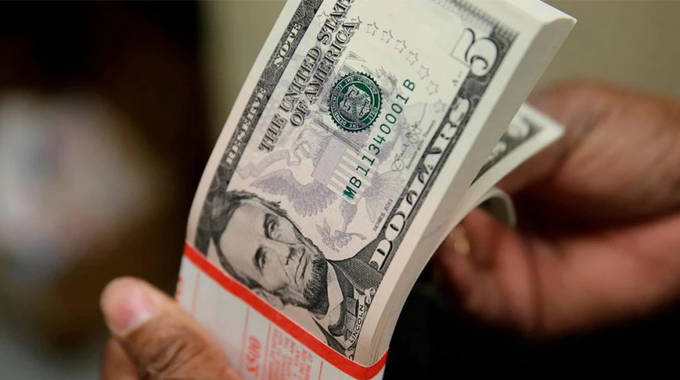Nokuthaba Brita Ncube, ncubenokuthababrita@gmail.com
ECONOMIST and National University of Science and Technology (Nust) lecturer Mr Stevenson Dlamini is bullish about Zimbabwe’s economic prospects for 2025.
He foresees positive economic growth driven by a rebound in the agriculture sector, which has shown resilience in the face of climate change challenges.
“I foresee a positive economic growth driven by agriculture and the agro-industry value chain,” he said.
Agriculture is a vital sector in Zimbabwe, contributing 11-19 percent to the country’s gross domestic product (GDP), providing jobs for 70 percent of the population, and supplying 60 percent of raw materials for manufacturing.
Mr Dlamini also highlighted the Meetings, Incentives, Conferences, and Exhibitions (MICE) business as a key sector for economic growth, citing its potential to create employment opportunities.
The global MICE industry was valued at US$805 billion in 2017 and is projected to reach US$1,439 trillion this year.

While acknowledging the informal sector’s role as the largest employer, Mr Dlamini emphasised the need to support and formalise the sector to ensure its contribution to the tax base.
However, he noted that challenges, such as tight monetary policy and high interest rates, may slow down economic growth in the short term.
“The high interest rate and limited fiscal space will likely slow down economic growth in the short term,” he said.
Despite these challenges, the World Bank predicts that Zimbabwe’s economy will expand by 6,2 percent this year and 4,8 percent next year, surpassing the Sub-Saharan African countries’ averages.